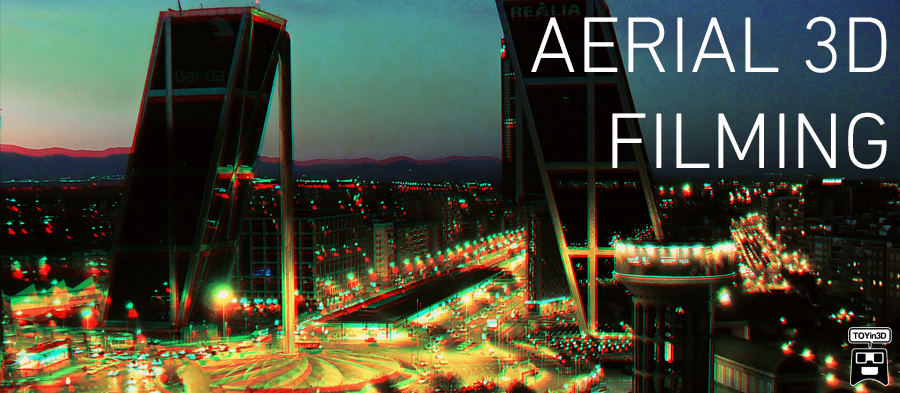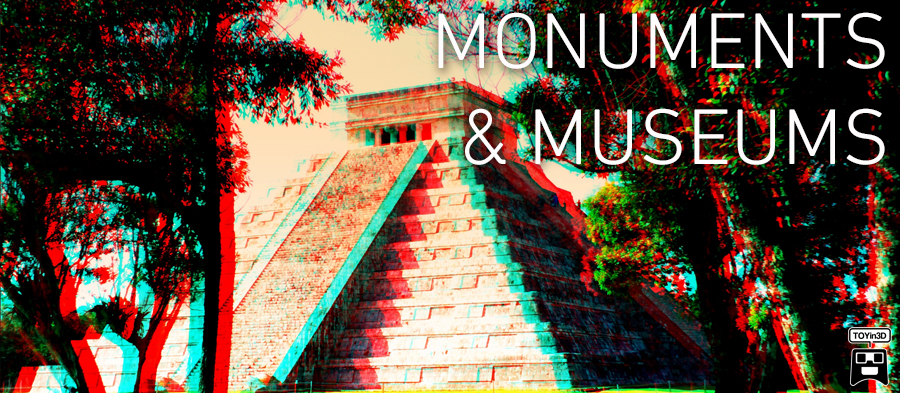The DVB meets in a document a score of recommendations for the development of 3D format on a side-by-side. One of the key points, is the need for left and right images placed in a ‘Spatial multiplex’ that allow a decoder to process the resulting signal in the same manner as a conventional high-definition signal.
The DVB has approved the commercial specifications for the development of 3D format on a side-by-side. The work of the DVB group has departed from a pattern of 3DTV services using the same infrastructure used by operators to pay for the introduction of HD services.
Far from closed specifications, DVB has chosen to leave the door open to developing new systems and though their intention from the first time passed the compatibility of television receivers and 2D-3D, has finally become clear that not be possible.
Overall, those early experiences that are taking place in Canal Spain or France or Sky in the UK would adapt to the twenty recommendations brought to the table by the DVB.
One of the key points set out in the document is the need for left and right images placed in a ‘Spatial multiplex’ a decoder that will allow the resulting signal processed in the same manner as a conventional high-definition signal. Ie, according to the ITU terminology, a format ‘Frame Compatible’.
The document addresses DVB although 3DTV services services to the point of receiving and decoding digital receiver, does not enter determines how the content is received and decoded in the display.
Access documents on the DVB 3DTV.
SOURCE:



























